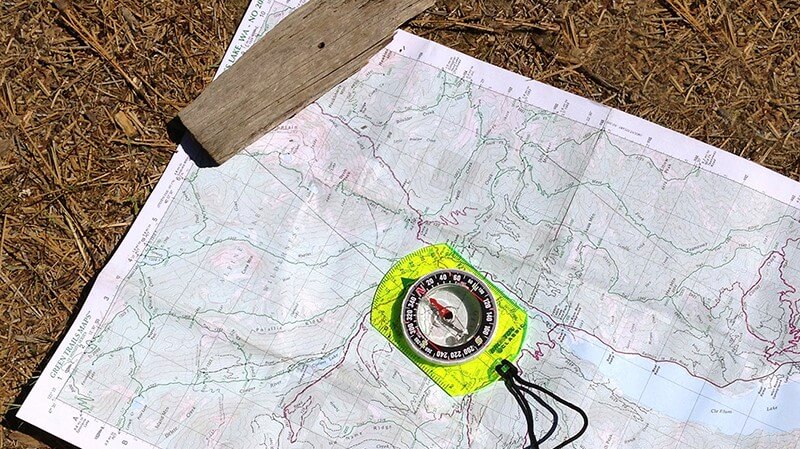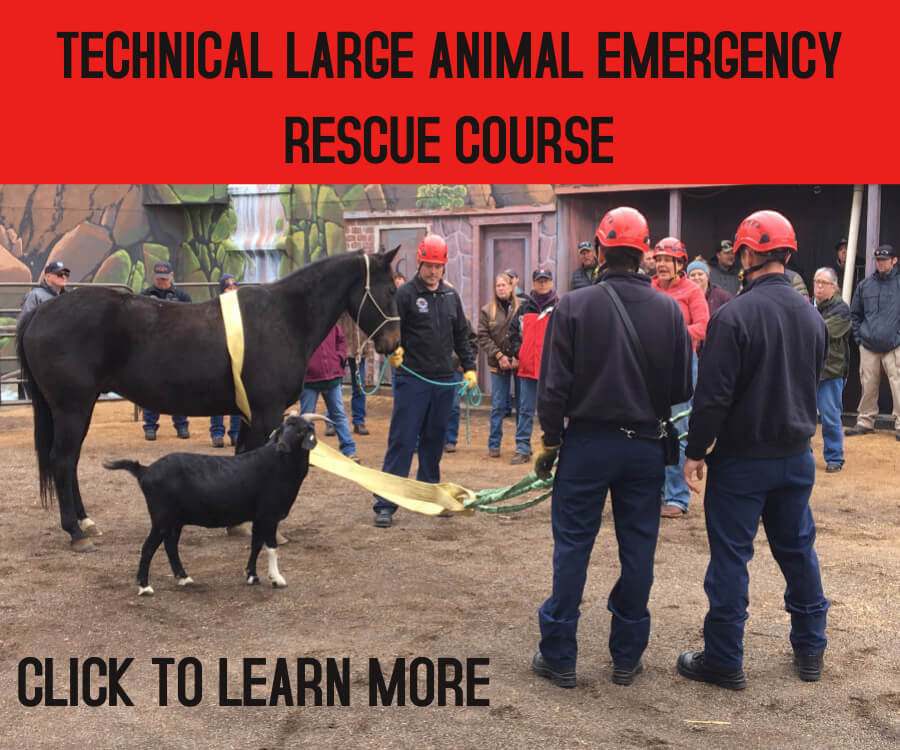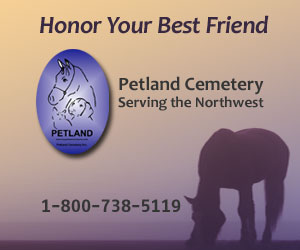From cave paintings to ancient manuscripts to all the 21st century options, people have created and used maps as essential tools to explain and navigate their way through the world.
With their longitudes, latitudes, and myriad lines crisscrossing miles of ground encompassing mountains, valleys, and more, maps have guided the curious traveler for thousands of years. Maps enabled the discovery of new trails and helped travelers plan their next pit stop. They are crucial tools connecting the known and unknown for many generations of explorers—including you.
With the increasing popularity of GPS devices and cellphone navigation apps, you could be forgiven for thinking that the days of old-school, hard-copy paper maps are numbered. You would, however, be mistaken. In a world where technology reigns supreme, the skill of map reading is one that every outdoors person should have in their repertoire.
In this article I highlight the 6 most important reasons why you should learn how to use a map.
- Safety First
Safety is the most obvious and practical reason. A map is a visual resource crammed with information about the area we’re exploring. The information tells us about water sources, potential campsites, viewpoints, cliffs, and more. By becoming a skilled map reader, you’ll be able to find the former and avoid the latter, even in poor visibility.
Fun fact: Around 50% of search and rescue callouts are because someone got lost. Learning to read a map will lower your risk of getting lost in the first place, will help you find your way again if it does happen, or—worst-case scenario—at the very least help you to tell rescue teams where you are should things go wrong.
- A Passport to New Adventures
While learning to read a map is certainly useful when following a marked and established trail, the skill is most beneficial when you want to satisfy your thirst for more serious adventure and take your trips off trail.
Map skills are enablers. Map reading empowers you to take your adventures in the backcountry further, allowing you to head into remote locations that you wouldn’t dream of venturing into without ample competency with your topographical (topo) maps.
- Self Confidence and Peace of Mind
Not only do maps let you find your way to new and exciting areas, learning to read a map can provide a boost to your confidence both on the trail and before leaving the house. While pre-trip butterflies are a good thing, it’s much better to head off with faith and confidence in your abilities and know that if anything goes wrong it’s not because you got lost.
Honing your navigation talents and gaining confidence in your abilities is not only good for you, but also for those riding with you and the folks back home. Your confidence will spread to your riding partners. Your spouse and family members will feel a whole lot better about you venturing into the wild knowing that you have the requisite smarts to do so.
- More Than a Backup
Sh*t happens. It’s one of the most popular sayings of our times and maybe never more applicable than when talking about trips in the backcountry. With so many variables to account for, it’s almost expected that over the duration of a few days on the trails something will go wrong. A counterpoint to that, however, is less sh*t happens if you know how to read a map.
Mechanical devices will fail and electronic ones will die. Cell phones lose their signal and batteries run low. In such circumstances, you’re on your own. Getting out of that situation will often depend on your ability to use a map, especially if you’ve headed off trail.
While GPS devices and navigation apps on cellphones are handy tools, they shouldn’t be relied upon as your only means of navigation. Instead, they should be used in combination with a detailed paper topo map and compass. After all, paper maps don’t require batteries or signal and can survive a soaking. Try that with your phone and see what happens.
- Maps Encourage Engagement with Your Surroundings
A map works in conjunction with the physical world around you, such as reading a sign or identifying the mountain on your right. This process of using your eyes and engaging your brain leaves memories and knowledge of the world around you. With GPS as a guide, nothing is learned or loved about the journey. Indeed, there’s something almost selfish about the GPS’s tiny screen displaying only the area immediately surrounding you: it’s all about you. But let your eyes wander across a map and you’ll discover a nearby lake, a beautiful view, or a convenient watering spot. Maps open the world whereas GPS narrows your mind.
- Maps Inspire
Few things can inspire curiosity and wonder like a proper topo map. A paper map gives us the bigger picture, encompassing a huge swathe of terrain packed with countless features that can leave us marveling at the sheer scale and richness of the environment. Not only are maps practical, but the visual imagery of the space is truly art.
As always for more information on trail riding, camping with livestock, and the world’s largest guide to horse trails and camps, give us a visit at www.TrailMeister.com
See this article in the July 2021 online edition:

Robert Eversole, ”the trail meister,” owns www.TrailMeister.com, the largest database of horse riding and camping areas in the U.S. with free trail and trailhead information, trail maps, and much more to help horse enthusiasts experience the joys of trail riding. Robert is a registered riding instructor with PATH International, a mounted search and rescue team member, and a U.S. Marine who has served on the board of the Backcountry Horsemen of Washington (BCHW). He is enjoying his new career helping fellow trail riders stay found and safe on the trail. When not on the trail, The Trail Meister resides near Spokane, WA and teaches land navigation to a wide variety of outdoor groups across the nation. For North America’s largest horse trail and camping directory, trail tips, and more, visit www.TrailMeister.com.






